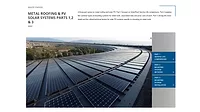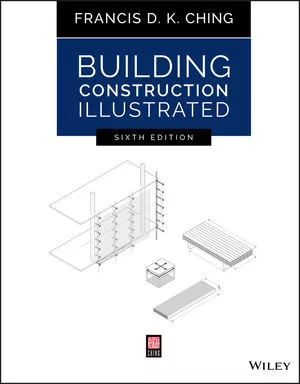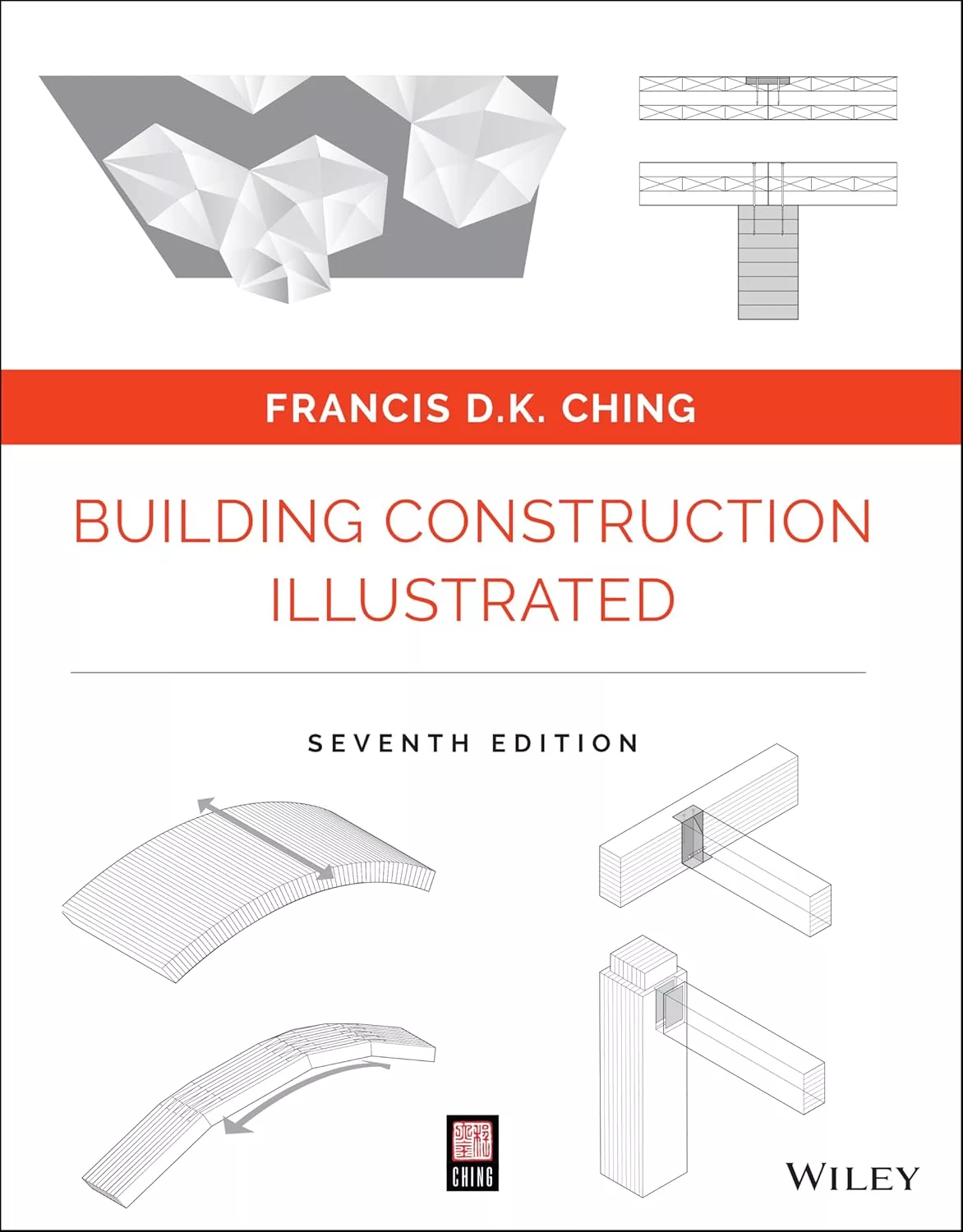Climate Action and Resiliency
ASCE Joins White House Summit on Building Climate-Resilient Communities
Newly released framework highlights critical role of adopting engineering codes and standards informed by latest climate data
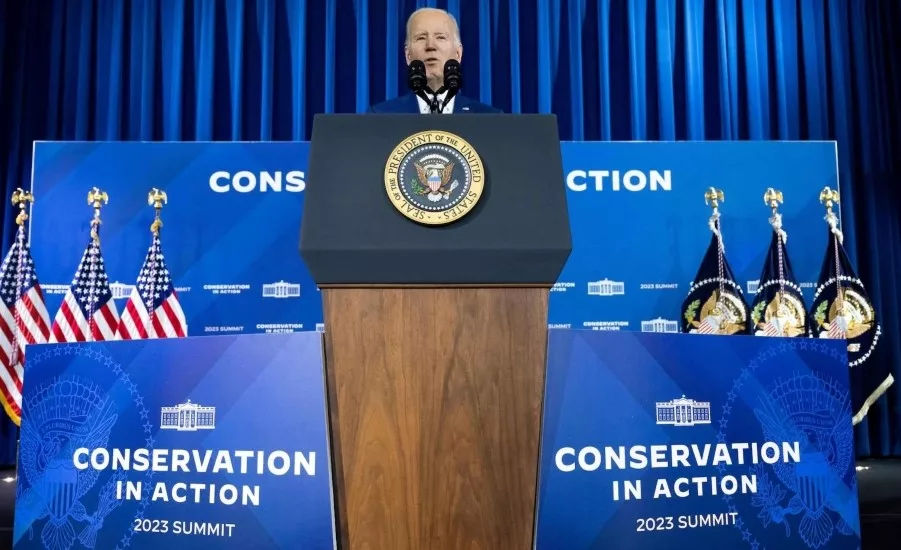
The White House Climate Policy Office recently hosted the Summit on Building Climate Resilient Communities, where a new National Climate Resilience Framework was unveiled in coordination with the American Society of Civil Engineers.
—Photo courtesy of Popular Science magazine
The White House Climate Policy Office hosted the Summit on Building Climate Resilient Communities, unveiling its National Climate Resilience Framework for communities to build more resiliently as they face increasingly severe weather events.
The framework features comprehensive recommendations and opportunities for action, including partnerships between federal agencies and leading standards development organizations, such as the American Society of Civil Engineers, to improve the resilience of buildings and other infrastructure.
“The challenges presented by increasingly severe weather events throughout the nation are too great for any one organization or industry to tackle on its own,” said ASCE President Maria Lehman, P.E., ENV. SP, NAC, F.ASCE.
“We need effective collaboration between federal, tribal, state and local governments, the private sector, educators, and the engineering communities if we are to be successful in protecting our communities from these threats,” Lehman said in a September 28 news release.
“ASCE is already moving full steam ahead in bringing stakeholders together to accelerate work on consensus-based codes and standards, helping to make climate resilience a reality,” Lehman continued. “And in my role as Vice Chair of the National Infrastructure Advisory Council we are committed to addressing other issues around resilience that are currently not being addressed as part of our 2024 plan of action."
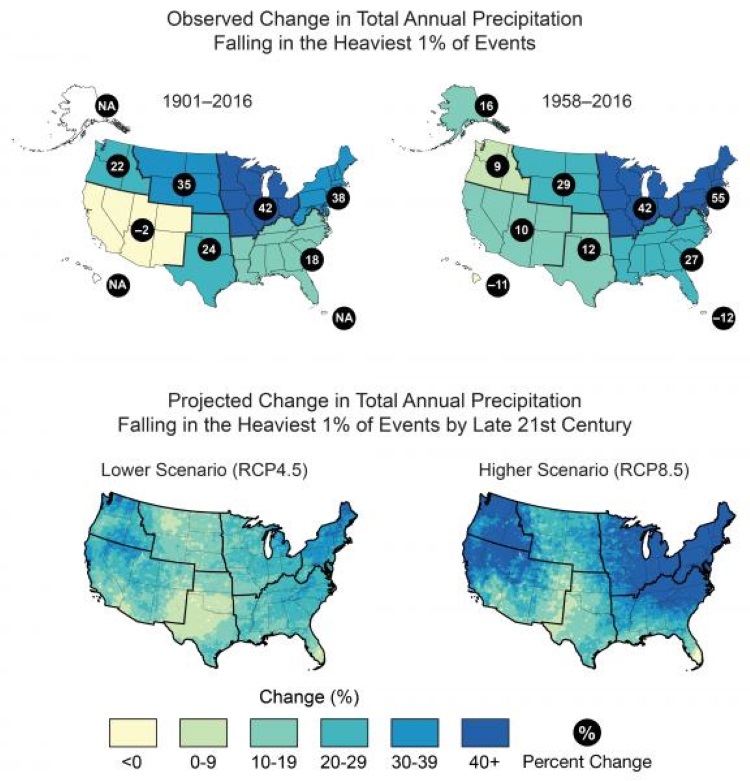 Image courtesy of U.S. Climate Resiliency Toolkit
Image courtesy of U.S. Climate Resiliency ToolkitASCE’s most widely adopted standard, ASCE 7-22, is the primary reference of structural design requirements in all U.S. building codes and is updated every six years to reflect the latest data and trends presented by an ever-changing climate.
Its most recent update, published in 2022, includes updates to environmental hazards used for building design, including new wind speeds along the hurricane coastline, a completely new chapter for tornado loads, and the most substantial update to its chapter on flood loads since the inception of ASCE 7-22 – calling for structures to be built to withstand 500-year floods rather than the previous standard of 100-year flood mitigation.
The Society recently partnered with the National Oceanic and Atmospheric Administration, or NOAA, to ensure federal climate data, observations, and projections are providing the civil engineering community with the information it needs to plan, design, and operate climate-resilient and sustainable infrastructure and housing.
The new framework cites incorporating climate information into engineering and architectural standards and planning practice as a key action needed to improve nationwide climate resilience.
Although modern codes and standards, such as ASCE 7-22, can mitigate climate hazards, many communities throughout the U.S. have not yet adopted these practices.
The new White House framework calls for ensuring federal funding requires climate-resilient infrastructure investments by encouraging government at all levels to adopt consensus-based engineering standards, which would go a long way towards addressing vulnerabilities posed by future climate impacts.
In conjunction with industry leaders at the Summit, ASCE supports federal efforts to improve climate data, enforce the most stringent codes and standards, and provide technical assistance to building and infrastructure stakeholders.
To learn more about environmental hazard mitigation resources, follow ASCE’s Pathways to Resilient Communities Toolkit, a plain-language guide for federal, state, and local leaders as they seek out standards, best practices, data, and strategies that can be implemented to safeguard communities across the country from increasingly severe weather events.
For more information, visit asce.org or infrastructurereportcard.org.
Looking for a reprint of this article?
From high-res PDFs to custom plaques, order your copy today!




